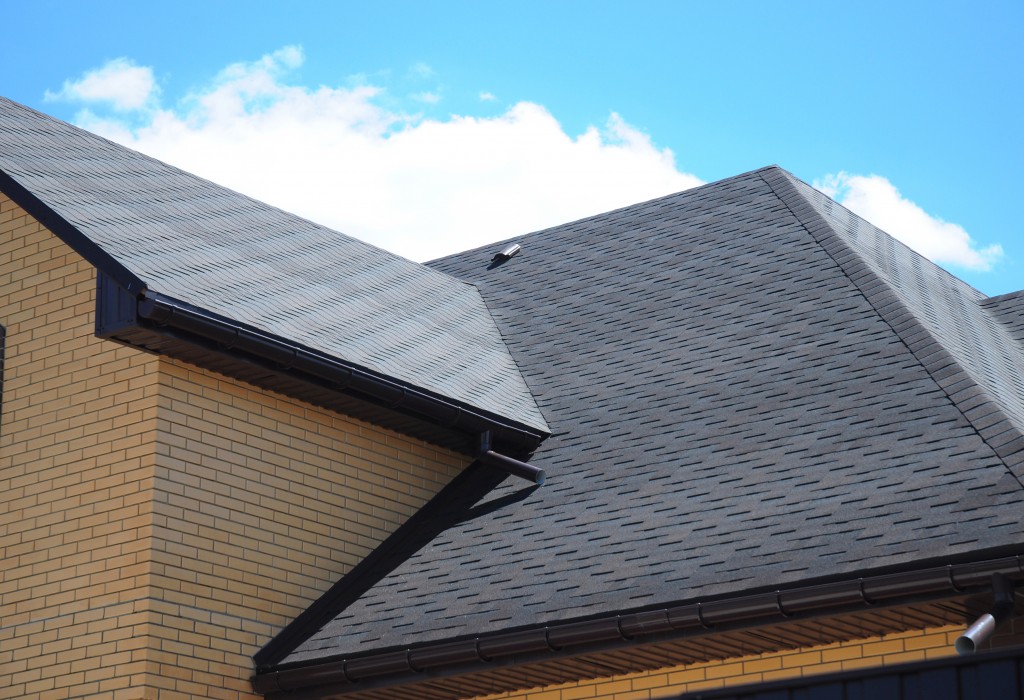Disclaimer: This website provides health information for educational purposes only and is not a substitute for professional medical advice, diagnosis, or treatment. Always seek the guidance of a qualified healthcare provider with any questions you may have.
If you’ve toured around places like Asia and Europe, places like Italy are dotted with ancient ruins. But if you haven’t noticed yet, most of these historically significant places will still have functioning roofs which have been going strong for centuries. What’s the secret? Well, it’s not a secret, but these types of roofs are just well-maintained.
Having a well-maintained roof can significantly improve your roof’s lifespan and ensure that there are potential hazards that might happen to the inhabitants.
How Long Does Your Roof Last?
Most of the time, roofs are designed to last decades. Almost all types of roofing are durable and long-lasting, but there will be a certain point that they will need repair or maintenance. While some materials don’t need as much attention, others will need the right amount of care.
Ultimately, the lifespan of your roof will depend on critical factors such as:
- Material used
- Weather conditions
- Maintenance
If we’re going to with the most common material in the market, which are asphalt shingles, the average life expectancy would be around 20 years, with some materials lasting 30 to 50 years, depending on the quality.
Of course, the lifespan of your roof can always be improved with the right amount of maintenance, but poor maintenance is also the leading cause of damage to most types of roofing.
How You Can Extend Your Roof’s Lifespan
No worries, there are several ways of extending the lifespan of your roof. Here are some solutions:
Insulate and Ventilate
For most homes, the attic will serve as an extra space to store items and furniture that haven’t been used for a long time. It’s also space where most of the maintenance work would happen for the framing and your roof’s interiors.
During winter and fall, temperatures will start to plummet. Without proper insulation, the cold can easily penetrate the shingles of your roof. Since it’s the first line of defense against the weather, insulation is crucial.
Besides insulation, ventilation is also crucial in regulating the airflow and temperature of your roof and home. A well-ventilated home can also ensure that there is no build-up of moisture on your roof’s appliances and the support structure. To ensure that your home’s interiors are well ventilated, you might have to commission air duct cleaning services.
Clear Up Your Gutters

Most roofs will have a conventional gable-shape. Even flat roofs will have a minimum tilt, so it’s easier to direct water. This way, it’s easier to funnel water towards the right gutter system and prevent leaks from forming. You might not notice it at first, but water damage is also another primary cause of damage to your roof.
However, gutters might get clogged up at some point of the year, especially in areas that get the right amount of rain—as such, clearing up your gutters from debris and gunk can help free up the waterways and dispose water towards the right places.
Trapped water can lead to rotting in wooden beams and rusting in metal fittings, causing even more damage.
Cut Down Foliage
One of the primary causes of damage to roofs is usually from debris, either through high-energy impacts of hailstorms or through debris strewn about from branches, leaves, and fruits. You will need to start cutting down trees and any foliage that’s close to your roof. That protects your shingles, but you won’t have to worry about an untidy roof. It can also save power lines from being damaged.
If needed, you can replace some shingles or your roofing sheets with impact-resistant materials. Most experts recommend using class 4 materials since they are sturdy enough to withstand the right amount of kinetic energy.
Check for Molds and Algae
Another reason why we have to cut down any branches close to our roof is that it can create an endless amount of shade on our shingles. A dark and damp place are vital areas where molds and mosses can form. You might want to check on these areas on your roof.
There’s an ongoing debate on the effects of molds and mosses on your roof and the overall integrity of your structure, but most would say that the results are quite minimal. However, others would say that seeing molds on vents is an indicator of an inadequate ventilation system.
Maintaining your roof might take a reasonable degree of work, and you will need to spend for it, but it’s a better choice than having to repair or outright replace your roof. In some cases, repairs can cost you thousands of dollars, especially if the damage is widespread. Permanent damages can also force you to replace your roof, which will usually cost from $1,700 to $8,000 for an average-sized one of 1,700 square feet. If this is is the case, then it’s better to be safe than sorry.
Ultimately, you’re not just investing in having a stylish roof, but you’re ensuring the safety of your home’s inhabitants,




